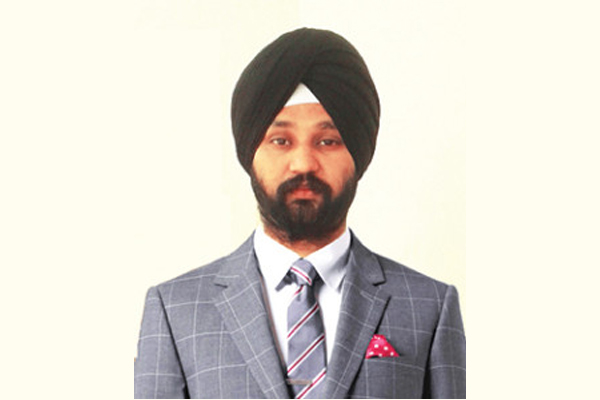

Dr Aparna Govil Bhasker, Section Chief, Minimal Access Bariatric Surgery, Saifee Hospital
Using laparoscopy, surgeries from the most basic to the most advanced, can be performed through a few small incisions. Unlike open surgery where the incisions may be as long as 10 to 15 cms, those from laparoscopy are typically half to 1 cm, writes Dr Aparna Govil Bhasker, Section Chief, Minimal Access Bariatric Surgery, Saifee Hospital, in this insightful article.
Over time, the medical field has made great progress with several key scientific breakthroughs revolutionising the industry. One such example is laparoscopic surgery, which changed the way surgeries were performed in hospitals as also people’s perception about surgeries.

Some 35 years ago, the word surgery was associated with slicing a part of the body, to make a big incision in order to treat injuries, diseases and deformities. However, this also instilled a sense of fear in the patient besides requiring a significant amount of post operation care.
When laparoscopic surgery was introduced in the 1970s, the medical world welcomed it with open arms as the minimally invasive techniques used by surgeons now required small incisions and long thin instruments to perform operations with the help of a camera. Known as a laparoscope, this is connected to a video monitor through which a surgeon can accurately guide it to the organs that require treatment.
The first laparoscopic appendicectomy was performed by Dr Kurt Semm, a gynaecologist from Germany, in September 1980. Although the technique was initially panned by almost all his colleagues, gradually surgeons started adopting laparoscopic surgery, and today it has become the norm in most operation theatres across the world. As the incisions are smaller, a patient requires less care post operation, and hence recovery is faster.

Using laparoscopy, surgeries from the most basic to the most advanced, can be performed through a few small incisions. Unlike open surgery where the incisions may be as long as 10 to 15 cms, those from laparoscopy are typically half to 1 cm.
As the incisions are smaller, and the impact on skin and muscles are reduced, they heal faster and chances of wound infection are lower as compared to open surgery. Post-operative pain is considerably less and patients can be mobilised within the first few hours. They are discharged from the hospital much earlier and return to work faster as compared to patients who undergo open surgery.
Most abdominal operations like bariatric surgery, colorectal cancers, hiatus hernia, ventral and inguinal hernia, colorectal cancers, hepato-biliary, pancreatic surgeries, gynaecological surgeries and surgeries on the kidney, ureter and bladder can be performed by laparoscopy. In fact, today it is even performed in cases of gall bladder surgery through a single incision technique. In this technique, the entire surgery can be conducted through a small two cm cut in the navel. Once this heals the scar gets buried deep inside the navel and leaves no tell-tale signs of any surgery.
As laparoscopic surgery involves minimal contact between the surgeon and the patient, it has brought down the number of infections arising post-surgery. Moreover, the risk of excessive bleeding is also reduced, which has brought down the need for blood transfusions.
Without a doubt, laparoscopy has many advantages over open surgery and must be recommended whenever feasible. Though a surgeon needs to have a higher skill-set for laparoscopy, acquiring these can be made possible using special training devices.
The use of virtual reality and surgical robots with tremor filtering has advanced and will greatly contribute towards improving the performance of surgeons in terms of operating time, efficiency and reduce errors. Although open surgery may still be needed for some very difficult and complex cases, but the numbers of such cases are very few, and with progression of laparoscopy, this will further reduce.
With developing technology, the face of surgery is changing very rapidly. Laparoscopic surgery has changed the way we perceive surgery. Surgery is now less intimidating, less painful and more patient-friendly. In the near future, many new surgical platforms are expected that will make surgery look like a breeze and will help to make it easier, safer and faster for the patients as well as doctors.
Be a part of Elets Collaborative Initiatives. Join Us for Upcoming Events and explore business opportunities. Like us on Facebook , connect with us on LinkedIn and follow us on Twitter , Instagram.












